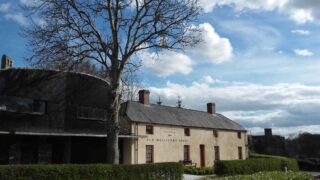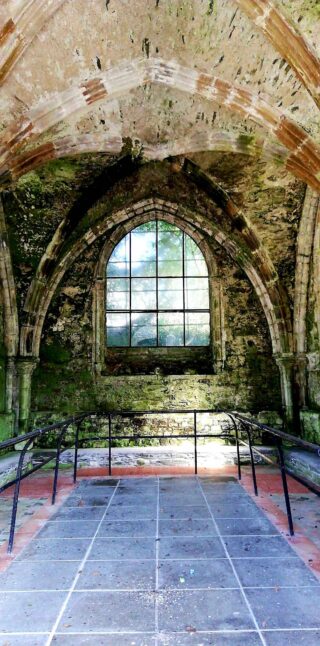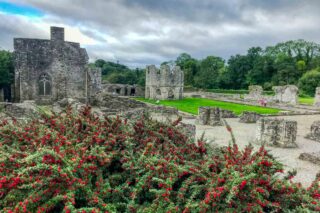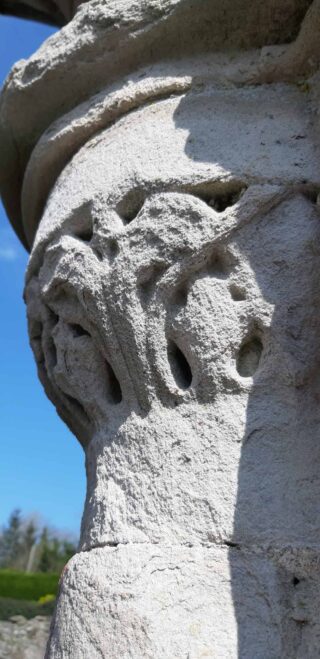Old Mellifont Cistercian Abbey Monastic Site Highlights (6)

Peace and Tranquillity
Nestled beside the Mattock River in County Louth, Old Mellifont Abbey was once the most powerful monastery in medieval Ireland. Nowadays the site is no longer a bustling hub of activity, but rather a haven of peace and tranquillity. Proximity to water was a guiding principle in choosing the location of Cistercian houses. While you walk among the ruins, allow yourself to be mesmerised by the natural music of the Mattock.

Drop in to the Visitor Centre
Call in to our visitor centre, where you can read all about the history of the Cistercians and of this monastery in particular. As you listen to the haunting sound of medieval chant, seek out the masons’ marks on the beautiful carved stones. Look upwards at the carved heads and imagine all the history that they have witnessed. Take a close look at our 3D model and discover what the monastery would have looked like at the height of its power.

Enjoy a Tour
Join a guided tour and see how the history of this amazing place can come back to life through the words of our experienced and knowledgeable guides. Exploring the site in their company is a fantastic opportunity to contemplate the spiritual power of this amazing setting.

Sing in the Chapter House
Sing a chorus in the Chapter House, as the monks once did, and check out the amazing acoustics. Examine the glorious handmade thirteenth-century tiles on the floor and notice the beautiful natural motifs the artists used.

Investigate the Calefactory
Visit the buildings in the southern part of the site, where the refectory and infirmary once stood, and have a peek into the calefactory. This was one of the few places in the monastery where a fire would have been lit. In this room elderly and sick members of the community could keep themselves warm.

Admire the Lavabo
Have your picture taken beside a very special feature – the lavabo. This is regarded as a masterpiece of late Romanesque architecture and is the only lavabo to have been built in Ireland. It functioned as a medieval washroom, which originally contained a fountain used for both physical and spiritual cleansing. It is from this fountain that Mellifont (meaning ‘honey fountain’) derives its name.
